Physical characteristics
An
Flowers and foliage
Large slightly fragrant cup-shaped
Preferred site
Prefers a shelte
Preparation for planting
Always choose healthy well grown
T
Maintenance tips
Mulching
The first summer and autumn after planting is critical for young
Magnolias require little maintenance and do not usually require pruning other than to remove deadwood and branches that rub against one another. If pruning is requi
Pests and diseases
Free of
Location at Auckland Botanic Gardens
Urban



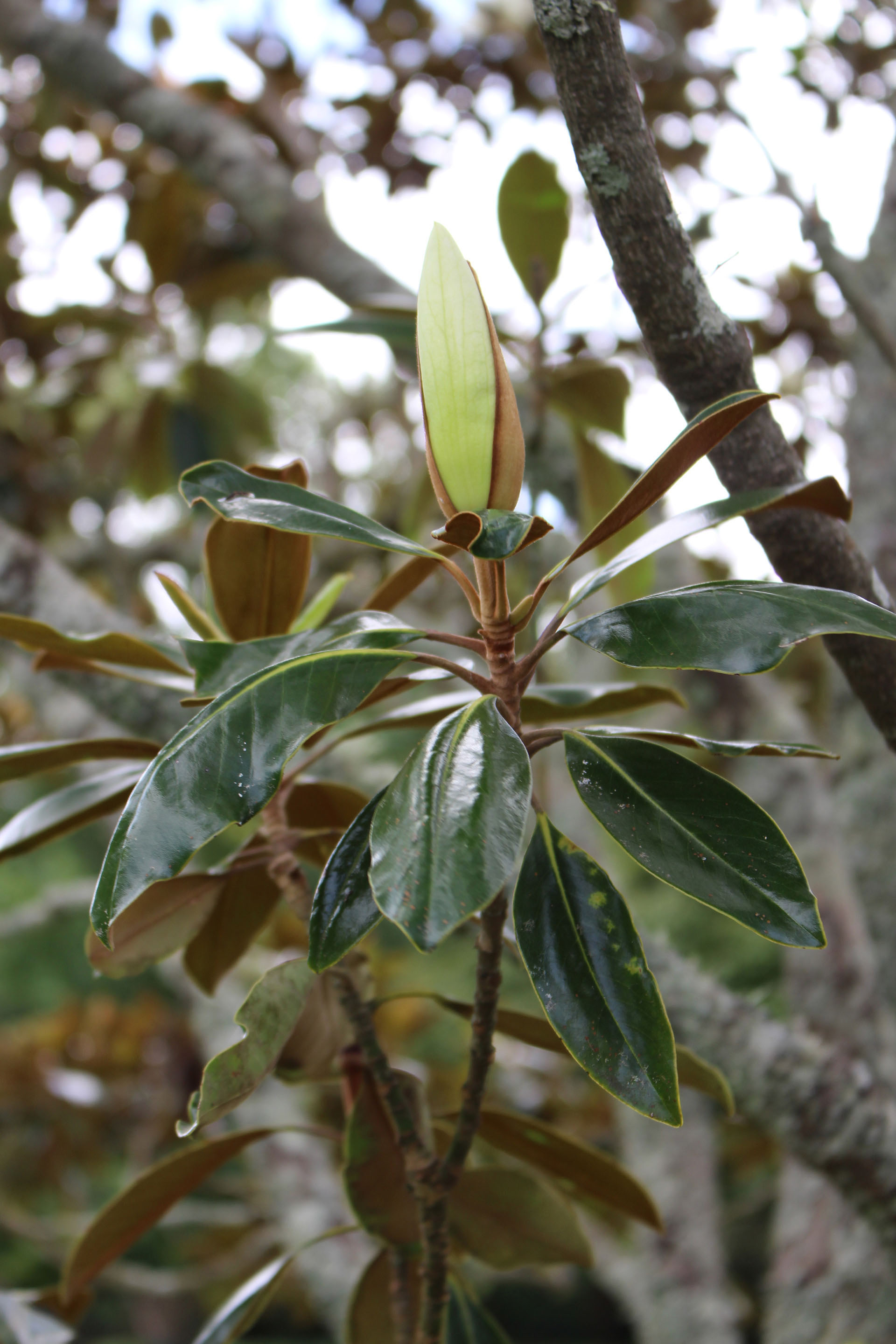
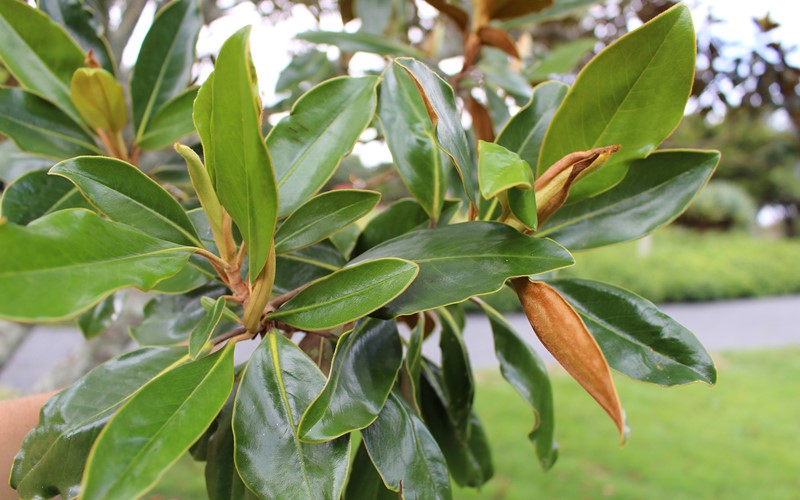
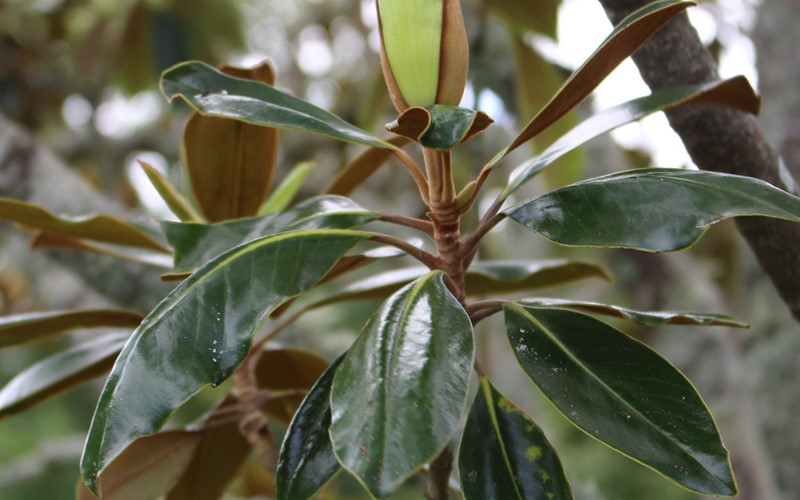
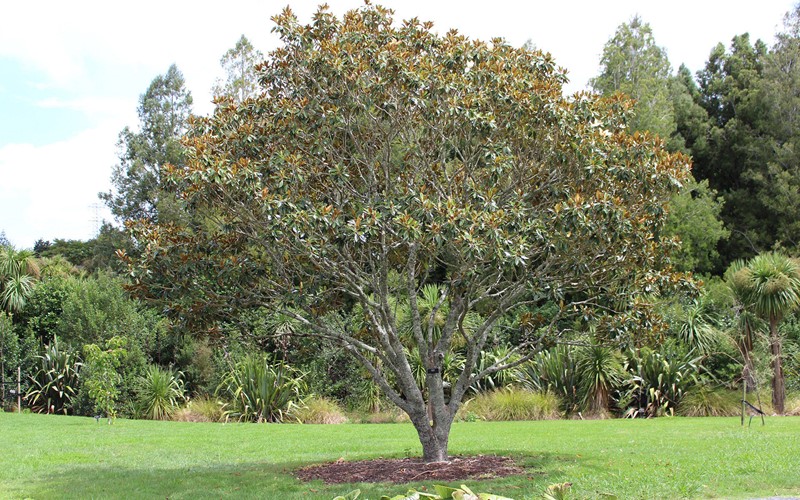
.jpg?anchor=center&mode=crop&width=1200&height=1200&rnd=131732822304530000)
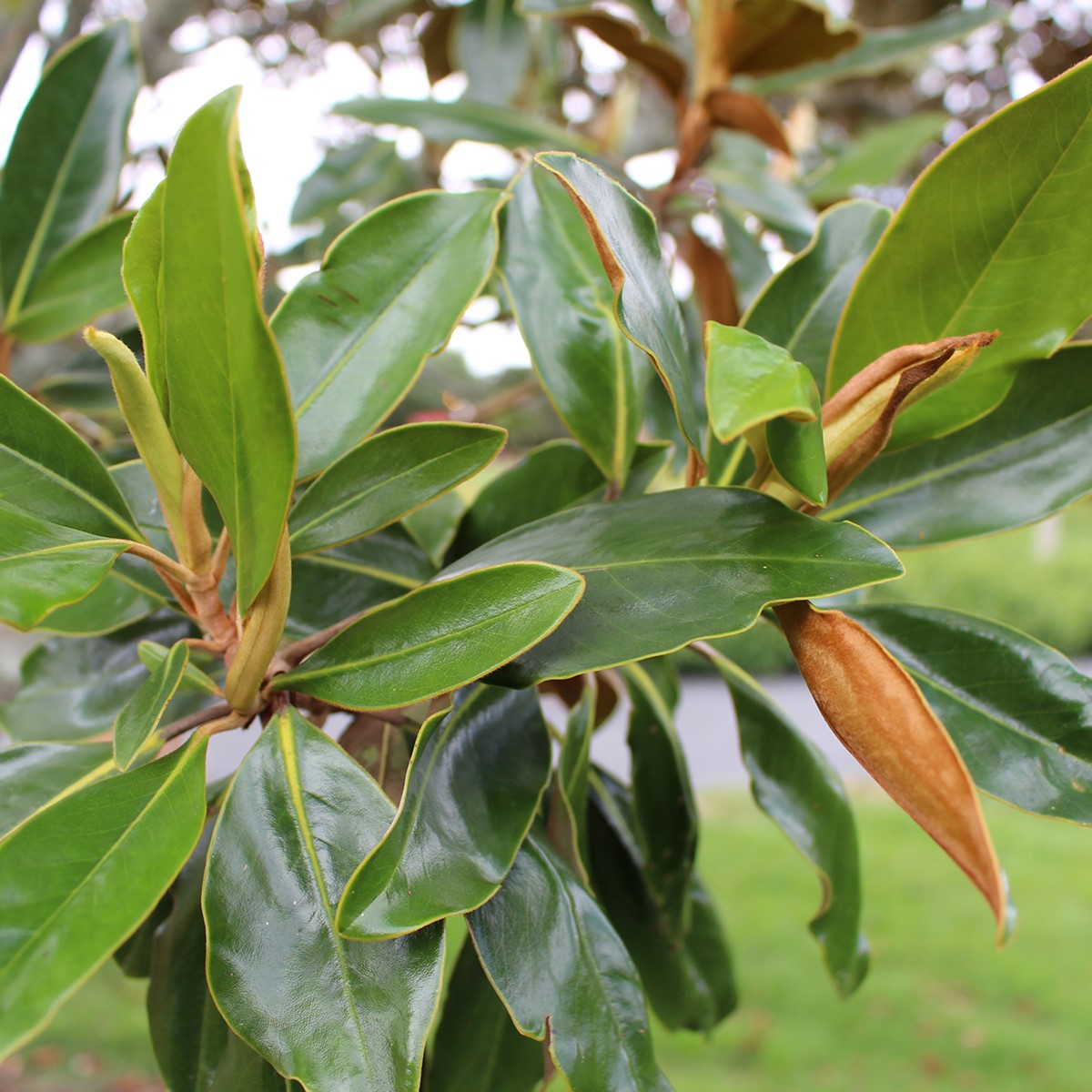
.jpg?anchor=center&mode=crop&width=1200&height=1200&rnd=132106949760530000)
 .jpg?anchor=center&mode=crop&width=1200&height=1200&rnd=131732822977030000)